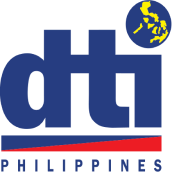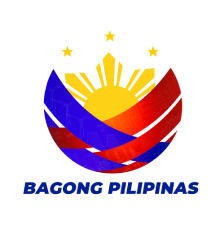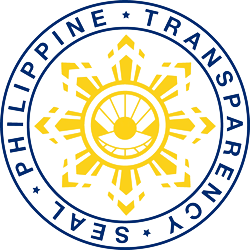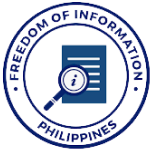Overview of AIFTA Agenda
Established in 2010, AIFTA is a key partnership between ASEAN countries and India aimed at facilitating trade, investment, and economic cooperation. Its primary objectives are to reduce tariffs, promote regional economic integration, and create mutual benefits in trade and development. The agreement encompasses goods, services, and investment, providing a comprehensive framework for economic growth between ASEAN and India.
Strategic Partnership Levels for AIFTA
- Political Dialogue and Cooperation
-
Objective
Strengthen political ties through regular dialogues, consultations, and summits.
- Economic Cooperation and Trade Facilitation
-
Objective
Enhance economic ties by reducing trade barriers and facilitating smoother trade processes.
- Cultural and People-to-People Exchanges
-
Objective
Foster mutual understanding and cultural appreciation between ASEAN countries and India.
- Sustainable Development Initiatives
-
Objective
Collaborate on sustainable development projects addressing climate change and environmental concerns.
- Technological and Scientific Collaboration
-
Objective
Promote innovation and technological advancements through partnerships in research and development.
Priority Sectors for AIFTA
Focus on agricultural exports from ASEAN countries to India, enhancing food security in the region.
Leverage India’s IT prowess to promote collaboration in technology and digital services.
Encourage investment in renewable energy projects, fostering sustainable development.
Enhance trade in pharmaceuticals, focusing on quality standards and market access.
Key Areas of Collaboration and Integration
Promote the exchange of professional services, particularly in IT, healthcare, and education.
Collaborate on infrastructure projects to enhance connectivity and logistics within the region.
Support SMEs in accessing larger markets through capacity building and financing initiatives.
Strategic Implementation Plan
-
Establish a Strategic Partnership Framework
Develop a comprehensive framework that outlines the goals, objectives, and expected outcomes of the partnership.
-
Regular Monitoring and Evaluation
Implement mechanisms for ongoing assessment of the partnership's effectiveness and adaptability to changing global dynamics.
-
Engagement with Stakeholders
Involve private sector stakeholders, civil society, and academia in the partnership dialogue to ensure comprehensive input and support.






